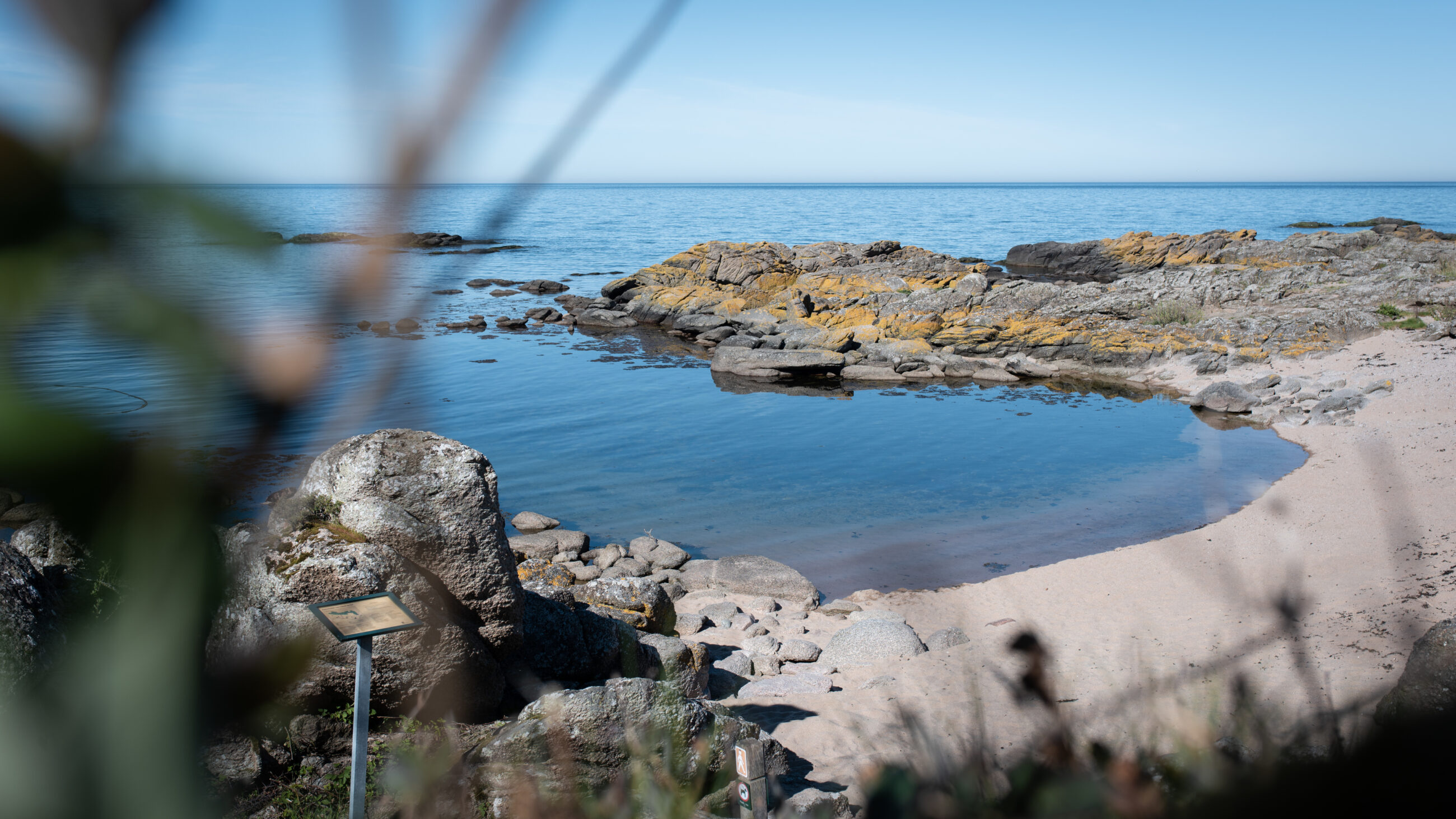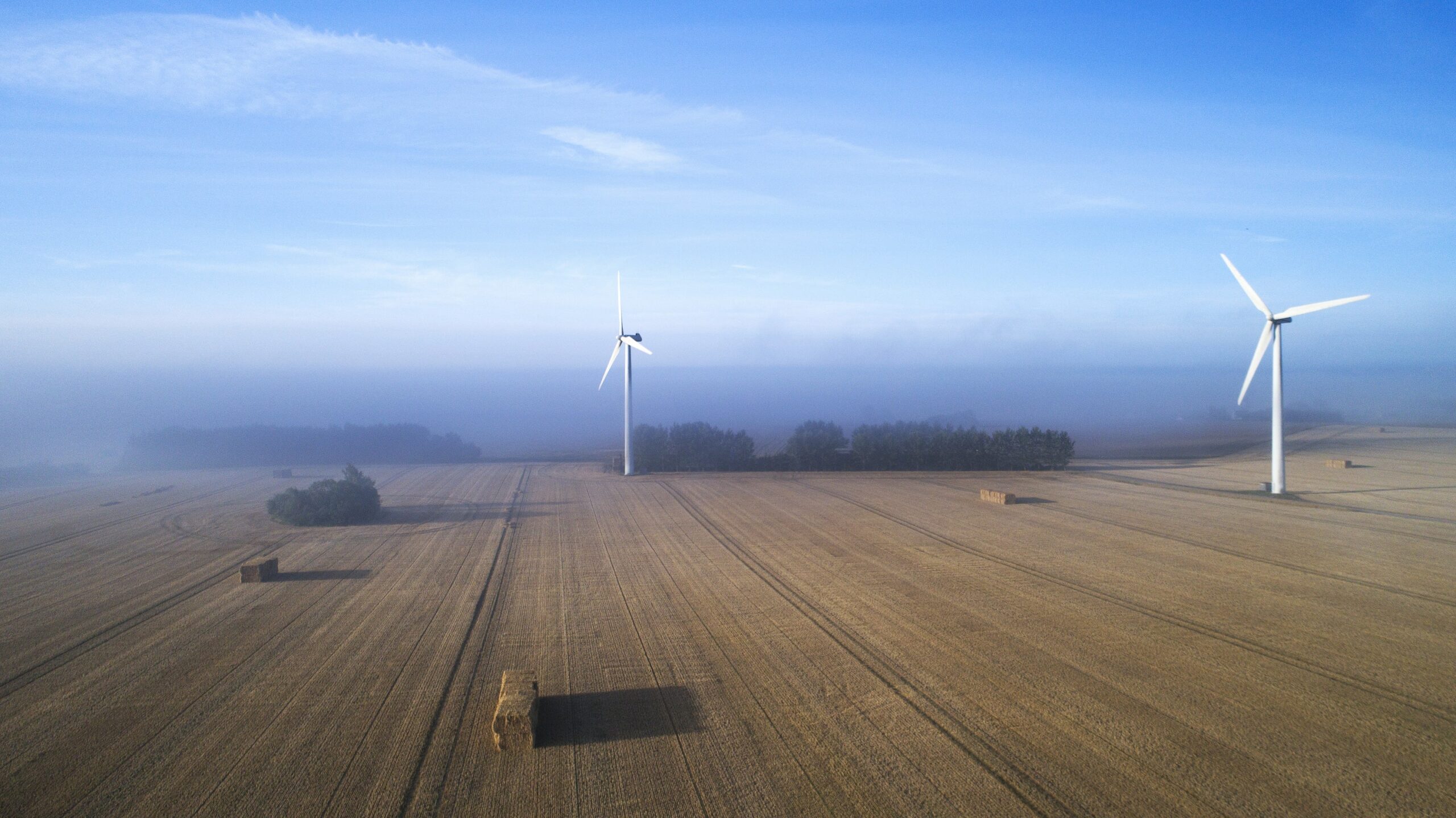News
Recycling of waste to material
Resource efficient production
Recycling and waste handling

The ROCKWOOL Group has been engaged in recycling for more than three decades and today we recycle nearly six times more residue materials from other industries than we deposit ourselves. The ’tamed volcano’ of the ROCKWOOL Group’s production process is ideal for recycling. The amount of ‘upcycled’ residue material from other industries has increased to almost 600,000 tonnes per annum. Some 28% of our melt raw materials are recycled content. Inorganic remnants, for instance olivine sand that has been used to sand blast vessels or concrete, and some residues from the metal industry, can substitute for virgin rock. Rock remains an abundant resource, but recycling means less quarrying and less landfill. Further, residue materials from other industries can be used as an energy source substituting virgin fuel such as coke.
Recycling waste
More than EUR 30 million has been invested in recycling plants within the last four years. From 2005 to 2011, the proportion of waste to landfill per production unit decreased by nearly 6%. In 2011, just over 100,000 tonnes of waste were deposited. This is slightly more than in 2005, but also includes a larger number of factories.
Return to sender
About 60% of our production companies - including Denmark, Germany, the Netherlands, UK, Poland, Hungary, Croatia, France - are offering ‘return schemes’ enabling customers to return their ROCKWOOL product offcuts and surplus stone wool from refurbishments. In Denmark one of the factories also takes back ROCKWOOL renovation and demolition waste from building sites. All returned stone wool material is subsequently re-melted and turned into new insulation products. In North America and many European countries, GRODAN horticultural substrates are returned from greenhouses and most of the GRODAN residues are used in the production of bricks. Return schemes also exist for ROCKFON acoustic ceilings and ROCKWOOL insulation cores for sandwich panels.
In 2011, nearly 12,000 tonnes of our stone wool waste products were collected from customers and recycled into new products at our plants. This amount can, and will, be increased considerably in future in order to achieve the aim of the EU Waste Framework Directive to recycle at least 70% of construction and demolition waste by 2020 and to provide building projects additional bonus points in some sustainability ratings.
You should consider reading
publications
Resource efficient production
+15















